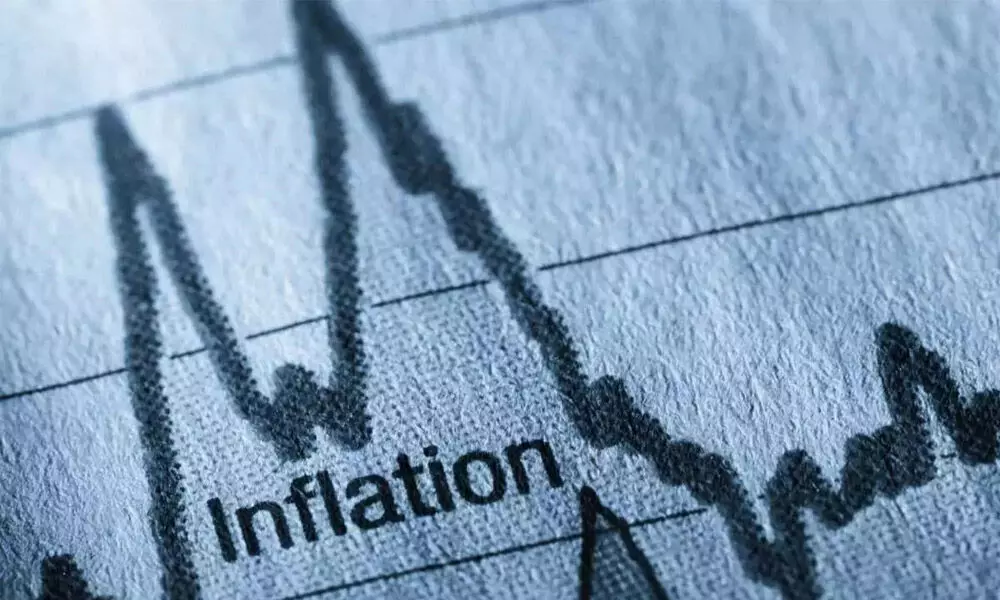Richest 20% facing more inflation than poorest 20%
The National Sample Survey Organisation’s (NSSO) consumer expenditure survey data has come up with an interesting finding, for sure.
image for illustrative purpose

The National Sample Survey Organisation's (NSSO) consumer expenditure survey data has come up with an interesting finding, for sure. The richest 20 per cent is facing more inflation than the poorest 20 per cent, that's what the NSSO data shows. This is possibly because the poorest 20 per cent of the population spend majority of their income on food, while the richest 20 per cent do so on 'core items'.
It is not difficult to understand that the burden of inflation varies across different income groups with the shares of spending on food, fuel and core categories differing across classes.
For records, the effect of inflation was most prominent in food inflation, which printed at 0.8 per cent (on-year) for October versus 0.7 per cent in September and 11 per cent for October 2020. Items where inflation fell were vegetables (-19.4 per cent in October versus -22.4 per cent in September), pulses (5.4 per cent vs 8.7 per cent), and eggs, meat and fish (6.3 per cent vs 7.9 per cent). However, fuel inflation, continued to scorch, rising to 14.3 per cent on-year versus 13.6 per cent in September. Economic analysts are of the view that the impact of the recent excise duty cuts on petroleum products should manifest in softening fuel inflation in November. It will also filter through as second-round effects to other parts of CPI over the next few months.
Significantly, Crisil has recently done a study on the basis of this NSSO survey, which also shows that the highest inflation was faced by the upper 20 per cent income group in urban areas - 5 per cent on-year in October compared with 4.6 per cent in September. This was driven by fuel and core inflation, which cumulatively occupy 65 per cent weight in their commodity basket. The lowest inflation, on its parts, was faced by the bottom 20 per cent rural areas - 3.9 per cent on-year in October compared with 4 per cent in September, driven by lower food inflation. If the latest Crisil study is anything to go by, the richest 20 per cent are facing more inflation than the poorest 20 per cent because of rising core inflation and falling food inflation. The gap widened in rural areas in October relative to September as inflation for the bottom 20 per cent fell more. However, the gap reduced in urban areas as inflation rose for bottom 20 per cent in addition for the top 20 per cent. It is expected that the CPI (consumer price index) inflation would average at around 5.5 per cent on-year this fiscal compared with 6.2 per cent last fiscal. Food inflation is also expected to be eased and so is high base effect. That, in turn, will bring down headline inflation on-year.
Mind you that the monsoon, this time round, has been normal, giving rise to the expectations of a record kharif production, adequate reservoir levels and subsequently good rabi production. If things move the way it has been envisaged, agricultural growth, this fiscal, is expected to remain healthy at 3-3.5 per cent. However, there is a word of caution. Delayed rains in some pockets would leave some impacts on vegetable inflation and that may continue till the arrival of new crop.

